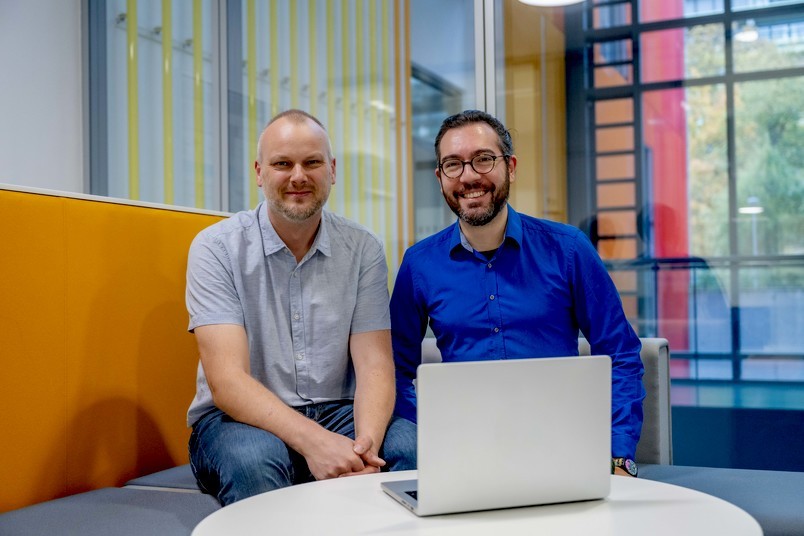German researchers simulate breaking bad barriers through a molecular vacuum cleaner

Researchers from Ruhr University Bochum in Germany have recently made a breakthrough discovery regarding the molecular journey of triglycerides in Mycobacteria tuberculosis, the pathogen responsible for tuberculosis. The team found that the molecular journey of triglycerides, which is essential for sealing the barrier of the bacterium, involves two key proteins: RV1410, a transmembrane protein, and LprG, a periplasmic protein. The identification of this molecular pathway has the potential to lead to new treatments and therapies for tuberculosis by weakening the mycobacterial barrier and making the bacterium more vulnerable to attack.
The tuberculosis bacterium has a double barrier which protects it from the host defense system, making it a formidable pathogen that causes a severe infectious disease claiming about 1.3 million lives annually worldwide. To better understand how to weaken this barrier, scientists are investigating how its molecular components work. Professor Lars Schäfer and Dr. Dario De Vecchis from the Centre for Theoretical Chemistry at Ruhr University Bochum, Germany, in collaboration with the Institute for Medical Microbiology at the University of Zurich, used supercomputer simulations to describe the molecular journey of triglycerides, one critical component of this barrier.
Triglycerides are high-energy molecules that are stored in our tissue as a form of fat energy. Mycobacteria also accumulate triglycerides, which contribute to sealing their cellular barrier. To be deposited in the mycobacterial barrier, triglycerides must be transported from inside the bacterial cell, the cytoplasmic space, through the membrane. Until now, the precise details of this molecular journey were unknown.
Professor Markus Seeger and Dr. Sille Remm at Zurich teamed up with Schäfer and De Vecchis to reveal how triglycerides are hunted from the transmembrane protein that extracts them from the bacterial membrane via lateral portals in the protein structure. Once extracted, the triglycerides are ultimately transported from the membrane and deposited into the barrier by the second intermediate actor LprG, a periplasmic protein that is anchored to the membrane and browses its surface chasing for triglycerides.
LprG has a water-repellent pocket that, when paired with the transmembrane protein, creates a greasy tunnel where the 'baton' triglyceride is handed off in a relay race to ultimately reach the barrier. The RV1410-LprG system could be thought of as the Trojan horse that scientists are using to conquer the pathogen's ramparts on the Troy battlefield of the mycobacterial membrane. Schäfer and De Vecchis's research aims to reveal the molecular pathway of triglycerides, which could lead to new strategies to target the RV1410-LprG system, weaken the mycobacterial barrier, enhance antimicrobial permeability, and ultimately develop more effective therapies against tuberculosis.

 How to resolve AdBlock issue?
How to resolve AdBlock issue?